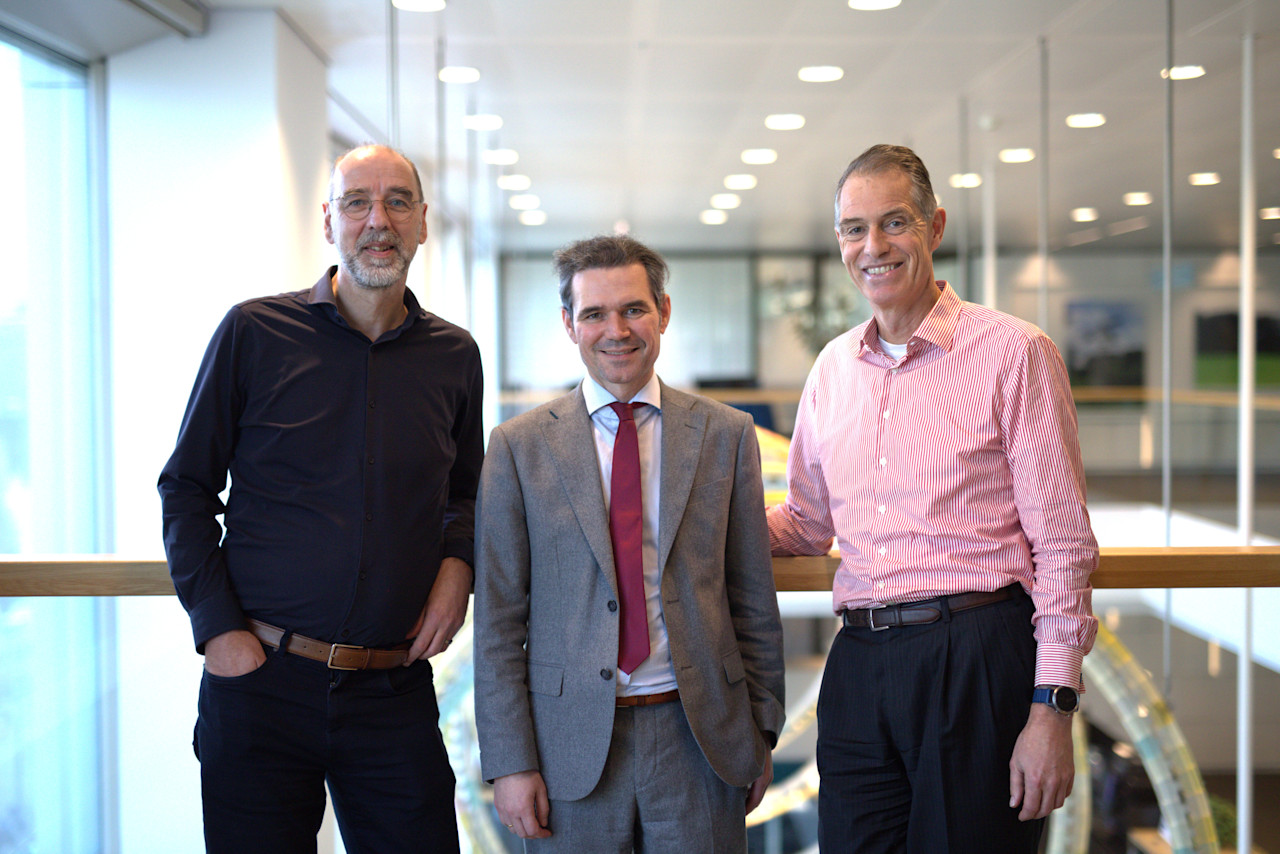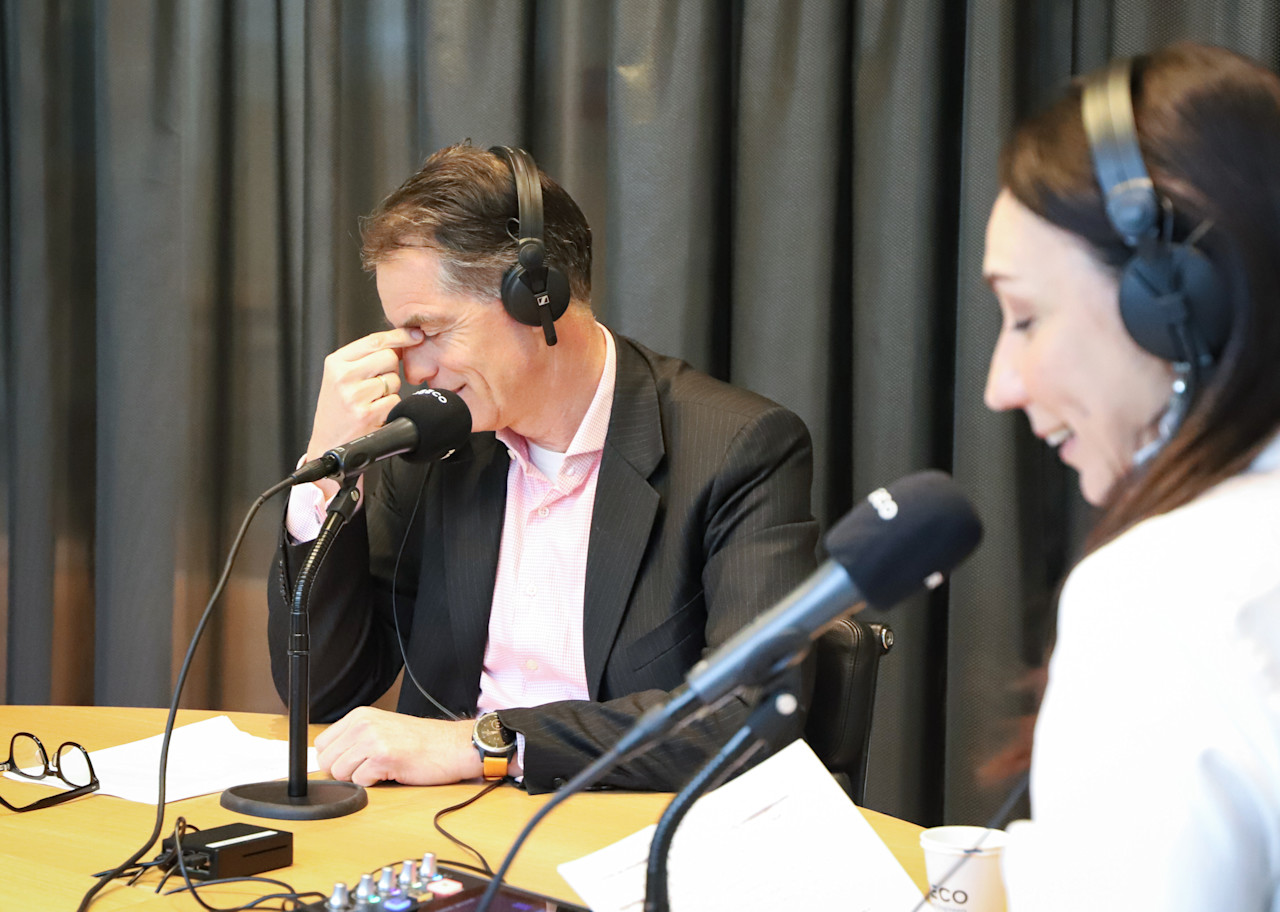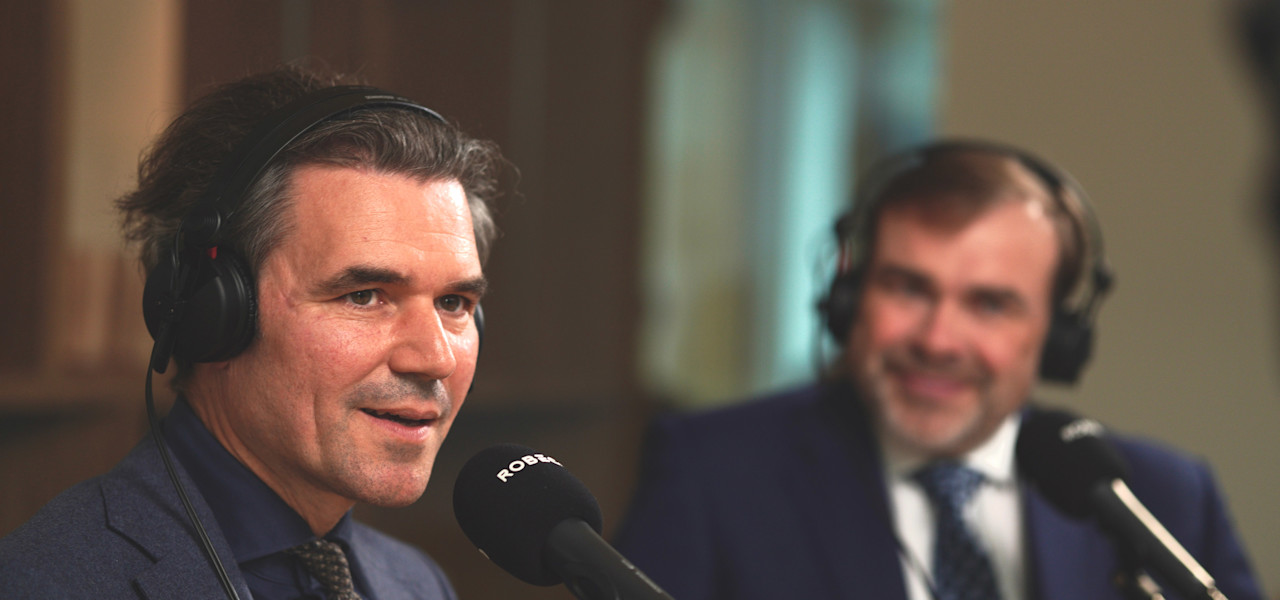Fixed income
The Debt Service Coverage Ratio (DSCR) is a financial metric used to measure a company’s ability to meet its debt obligations. It’s calculated by dividing a company’s net operating income by its total debt service, which includes principal and interest payments. A DSCR greater than 1 indicates the company generates enough income to cover its debt payments, while a ratio below 1 suggests potential difficulty in meeting these obligations.
For example:
A company earns USD 500,000 a year in operating income, and it needs to pay USD 400,000 a year to cover its loan payments (both interest and principal).
As the company earns more than it needs to cover its debt payments, it has a DSCR of 1.25. This means it earns 25% more than it needs to pay off its debt, showing it’s in a healthy position to meet its obligations comfortably.
See also






















